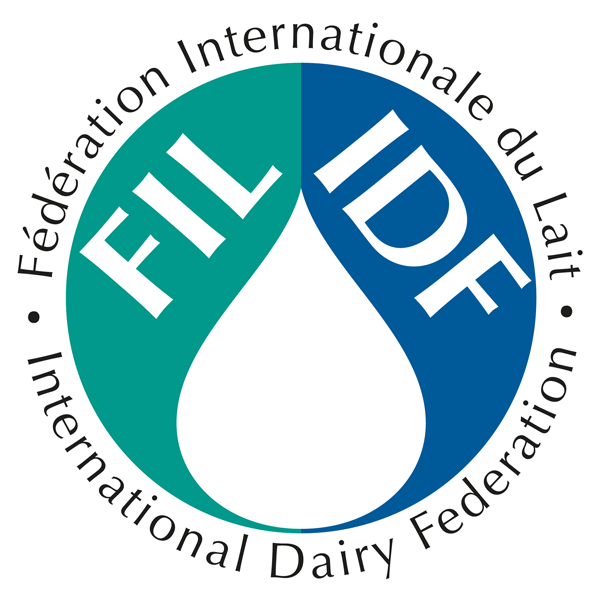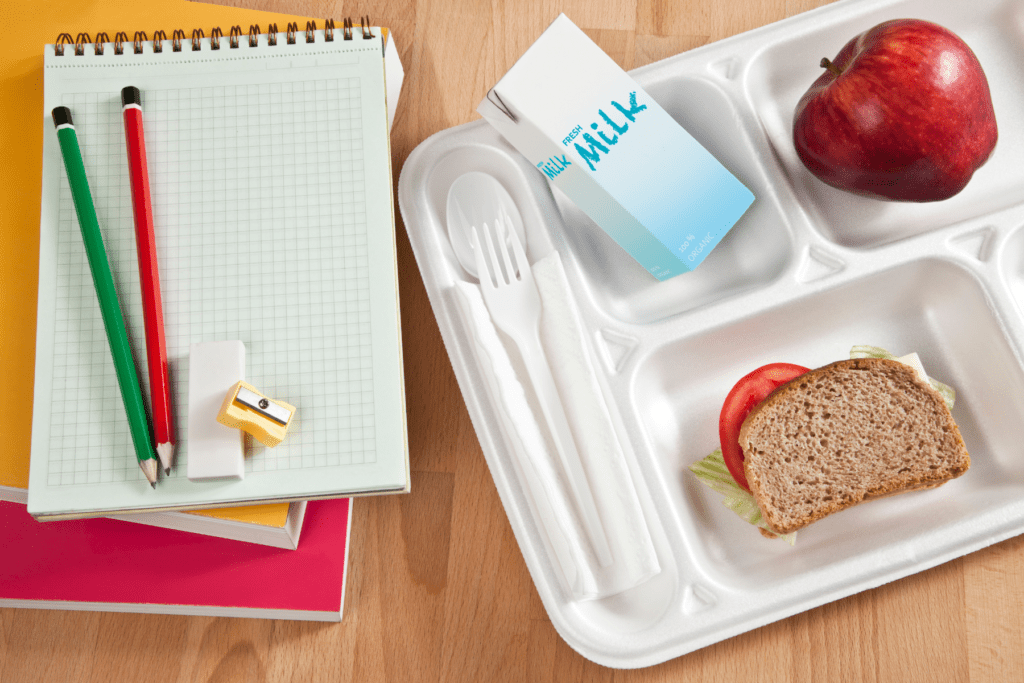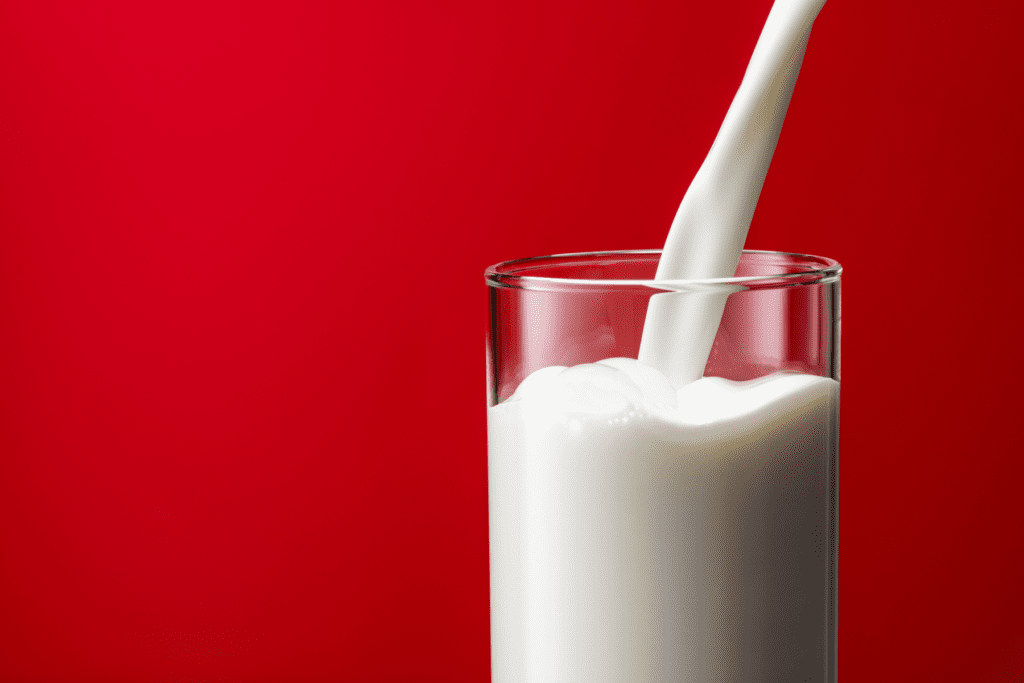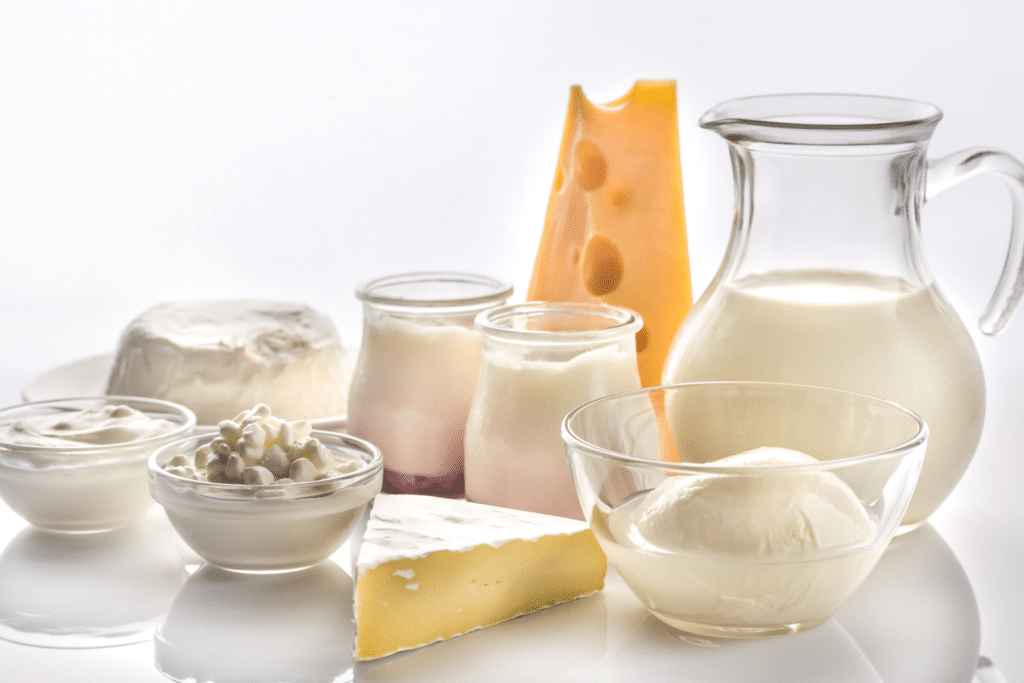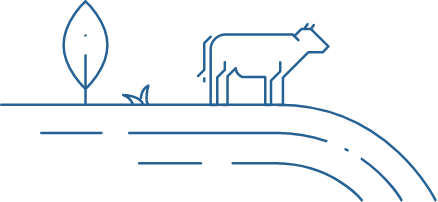 Food insecurity exists in the United States, as well as in many developed and developing countries around the world. The National School Lunch Program operates in approximately 100,000 schools across the United States, serving roughly 30 million students each day; of those students, 74% receive lunch at no cost or at a reduced price because their household incomes are at or below 185% of the poverty level. Access to milk through school programs means that the nutritional and consequent developmental benefits of dairy are available to all children, regardless of their income.
Food insecurity exists in the United States, as well as in many developed and developing countries around the world. The National School Lunch Program operates in approximately 100,000 schools across the United States, serving roughly 30 million students each day; of those students, 74% receive lunch at no cost or at a reduced price because their household incomes are at or below 185% of the poverty level. Access to milk through school programs means that the nutritional and consequent developmental benefits of dairy are available to all children, regardless of their income.
Consuming nutritious food is important at all stages of life, but especially for children and adolescents. Not only is adequate nutrition needed to support growth and development, but it also properly fuels bodies and minds for learning. Since children spend a significant amount of time at school, milk programs, which are often included as part of larger school meal programs, give children access to the nutrients they need to grow healthfully and optimally.
In the United States, federal school meal programs offer milk as an important component of students’ meals and a key source of nutrition. Federally funded school meal programs provide a safety net to ensure adequate nourishment for children, one of the most vulnerable populations due to their increased nutritional needs for development. Research sponsored by the U.S. Department of Agriculture found that children from food-insecure and marginally secure households—meaning children who live without consistent access to affordable, nutritious foods—were more likely to eat school meals and receive more of their food and nutrient intake from school meals than other children.
Milk’s Role in School Meal Programs
Experts agree that school meal programs have a positive effect on children’s nutritional and health outcomes. Consuming nutrient-dense foods like milk that are made readily available in school meal programs is also associated with improved academics and behavior. Participation in school breakfast or lunch programs is associated with improvement in grades, standardized test scores and school attendance. Additionally, by adding nutrient-rich foods, specifically fruits, vegetables and dairy products, missing from students’ diets, their academic performance improved.
While school milk programs can be traced back 100 years or more in countries like the United States and the United Kingdom, where school milk interventions were created as a social safety net for children, the provision of milk for in-school consumption occurs in many countries around the world. Milk and dairy foods play an important role in healthy eating patterns, and dairy milk continues to be an important component of school meals globally.
Nutrition and Health Benefits of Milk
Milk consumption has a strong association with building strong bones. Milk and dairy foods do provide the right amount of bone-building nutrients, specifically calcium, vitamin D, protein, phosphorus, magnesium, potassium, vitamin B12 and zinc. However, beyond bone health, milk, with its unique package of nutrients, is also the leading food source of three of the four nutrients of public health concern in the diets of American children.
Milk offers health attributes that are different from plant-based and other animal source foods, which can be very difficult to replace in a healthy dietary pattern for most people. Milk’s unique package of nutrients work together to provide multiple health benefits, including optimal growth and development in children and reduced risk of chronic diseases such as type 2 diabetes and heart disease.
Milk is a nutrient-dense food that provides significant value to school meals and nourishing students. Highly palatable, milk—along with other dairy foods—play an important role in the diet of children. By encouraging milk consumption in schools, nutrient gaps that exist in US students’ diet may be bridged.
Ensuring Milk Stays in Schools
Despite safety nets in place, nutrient gaps continue to exist. With so many children overweight yet undernourished, ensuring they have access to nutritious and wholesome foods like milk and dairy is essential to helping them grow healthfully and reach their full potential.
Deliberately removing milk and milk programs from schools or replacing milk with beverages that do not provide the same package of essential nutrients may have unintended consequences. For instance, in the United States, the USDA requires that schools make water available and accessible to children during meal service. Although water is a vital beverage for hydration and health, it cannot compete with milk during meal service, and students cannot be restricted from selecting milk. This mandate is in place to ensure milk—and the nutrition it provides—is always an option for children.
While made with the best intentions, policies that generally restrict or eliminate nutrient-dense foods such as milk could unintentionally limit children’s access to critical nutrients they need for optimal growth and development, hindering progress made in reversing chronic diseases and inhibiting efforts to close academic achievement gaps.
The dairy community understands that milk and dairy foods are essential to supporting the health of children and adolescents. Milk is an integral part of food systems and part of the solution to sustainably nourishing a growing population. By working together and in partnership with organizations across all levels, from local and regional to national and global, the dairy community can empower stakeholders to understand and incorporate policies and programs like school meals to support children’s access to nutritious foods.
For more information read Bulletin of the IDF N° 505/ 2020: The contribution of school milk programmes to the nutrition of children worldwide – Edition 2020
